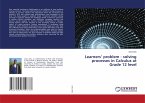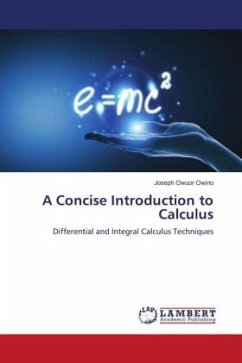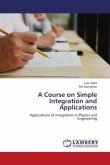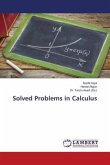In 1972 at the age of 32 I won in an open competition an Established Chair of Physics and Astronomy. At that time the only research topic was Experimental Magnetism. This is my second book. The first one,published in England was given the title "Symmetries of the Standard Model of Particle Physics and Beyond". Regarding the book"Coping with Calculus" I believe it has it's origin in our family that always enjoyed walking on holidays in September ending to the Lake district with the Borrowdale Show. Three of our sons did double mathematics in the days when the syllabus contained calculus. Each of them in turn listened to me talking about calculus, and each in turn obtained very high grades with a special mention of calculus. Of course each of them in turn said: "It was not anything special you did Dad, we were each such excellent students you could not fail." As standards of our intake of students fell we decided that we had to do something to help. We set up remedial courses. Naturally, perhaps it fell to me to teach calculus. All went very well, and this seemed to reflect itself in the students performances in other related courses.
Bitte wählen Sie Ihr Anliegen aus.
Rechnungen
Retourenschein anfordern
Bestellstatus
Storno








